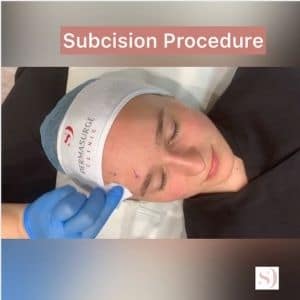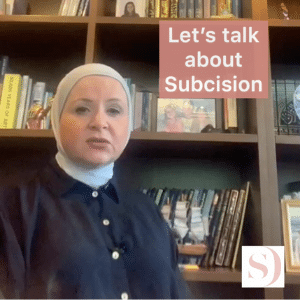Subcision For Acne Scarring London
Subcision for acne scarring can be an extremely effective procedure to help reduce the appearance of your acne scars. Dr Injibar is extremely competent in this type of acne scar surgery which she regularly performs at Dermasurge Clinic on Harley Street in London.
Acne can leave its mark long after the initial breakout clears. This is because every pimple has the potential to cause scarring which can result in permanently damaging your complexion. This is where a subcision procedure can be useful to treat such scarring.
Subcision is a simple minor surgical procedure that is an ideal treatment for depressed scarring. This procedure uses a hypodermic needle which is inserted through the puncture wound to break the fibrous connective tissues that tether the scar to the deeper layers of the skin.
Subcision For Acne Scarring – Patient Before and After Images
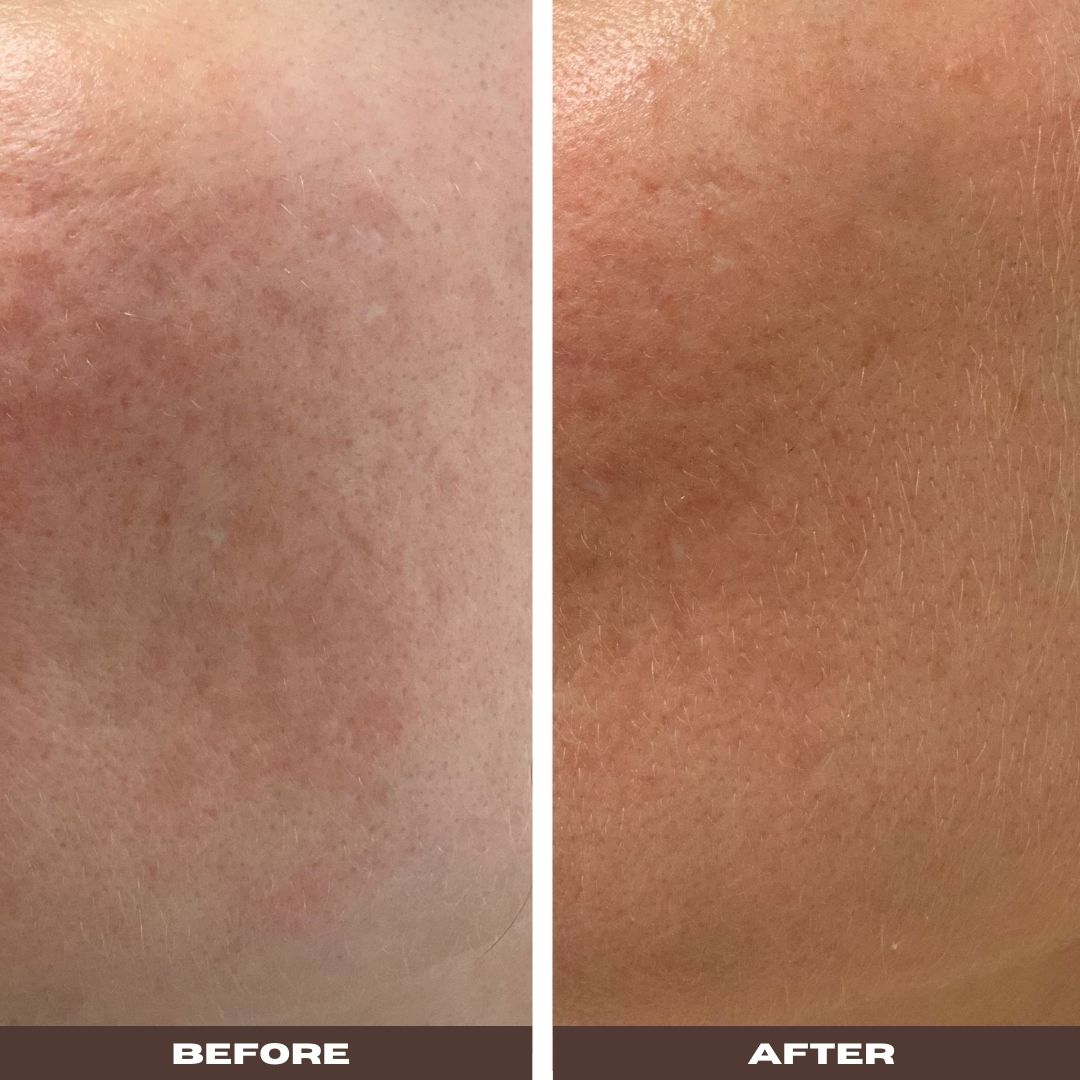
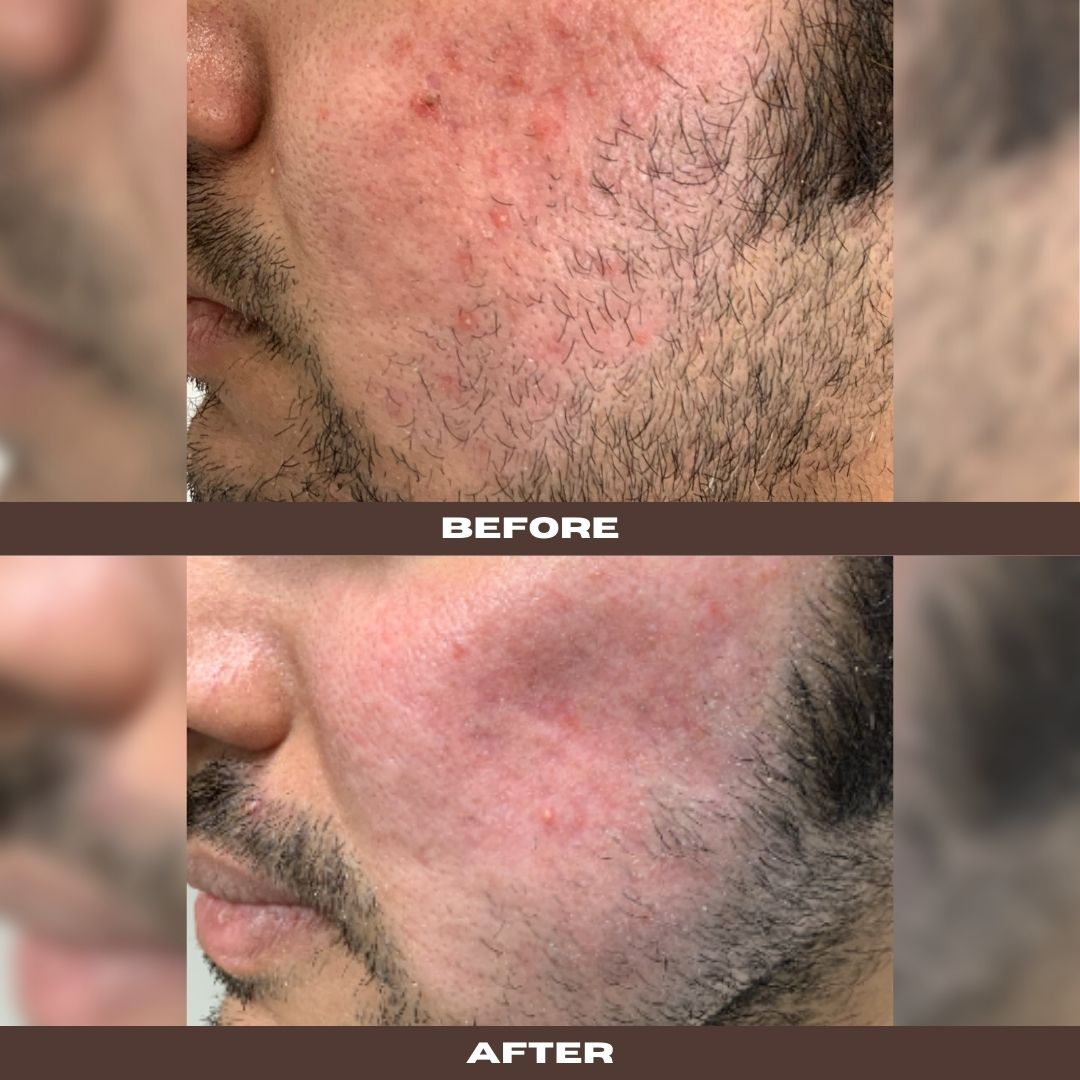
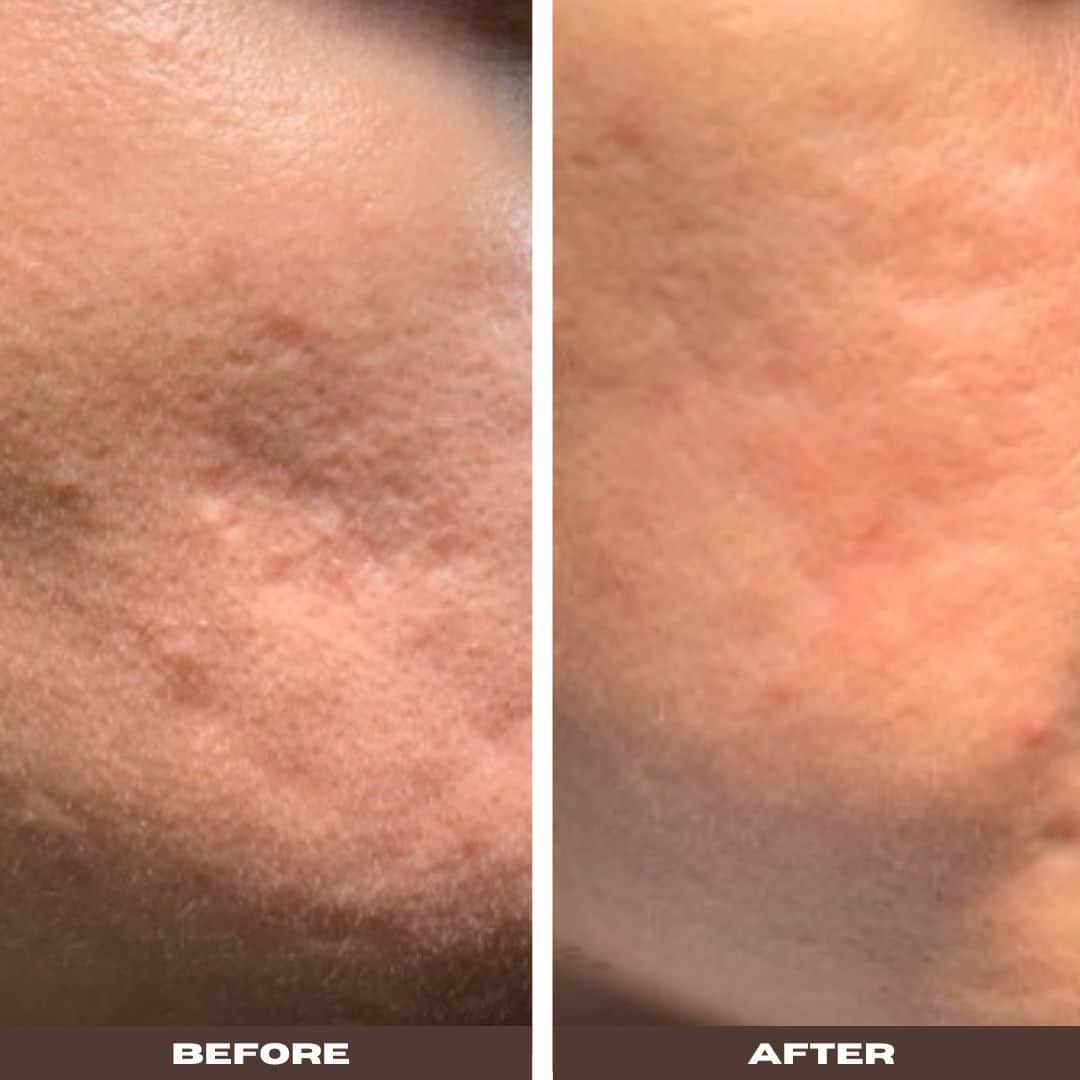
Who is a Suitable Candidate for Subcision For Acne Scarring Procedure?
Assessing your acne scar and determining its type is the first step Dr Injibar would do before deciding if this treatment is the most appropriate for you. We have created a specialist acne clinic to diagnose and treat all types of acne. We also have a specialist scar clinic dedicated to treating all types of scars.
Dr Injibar will be able to examine the skin, particularly in the treatment area, in order to determine if the treatment is the best option for you.
Acne scars are among the hardest to treat. Treating scars in general aims at improving the appearance of the scars.
Subcision is most suitable for treating depressed scars such as rolling acne scars. Studies have shown that subcision can permanently improve acne scarring. Research also reported 90% of patients stated an improvement in the appearance of their scars using this method.
What to Expect During Your Subcision Procedure?
The subcision procedure is performed at our clinic, on Harley Street in London. It is usually done as an outpatient procedure which means you can go home on the same day.
During the initial consultation, Dr Injibar will go over the steps involved before, during and after the procedure.
- Before Dr Injibar begins the procedure, a thorough clean of the area around the scar is performed.
- She will then mark around the scars.
- A local anaesthetic (to freeze and numb your skin) will be given so you won’t feel any pain during the procedure.
- Dr Injibar will insert a Hypodermic Nokor needle horizontally into the skin right underneath your scar.
- She will then gently move the needle from side to side to dissect under the scar and cut the scar fibres pulling the skin down. This creates a small wound under the skin. When the wound heals ( in 6 to 10 weeks) it will create new collagen which will lift up the scar.
- Finally, the wounds are cleaned, antibiotic cream applied, and the wounds are covered with plaster. ( You can see the complete procedure of Dr Injibar performing a subcision procedure in this video)
When fibrotic strands are broken during the subcision procedure, the natural healing processes of the body are kick-started, resulting in an increase of collagen production in the area.
Collagen is a naturally occurring protein necessary for repair in the skin. Furthermore, it also serves to keep it taut, healthy and plump. This promotes safe healing and improves overall skin tone and texture.
Cost
Subcision procedure – From £400


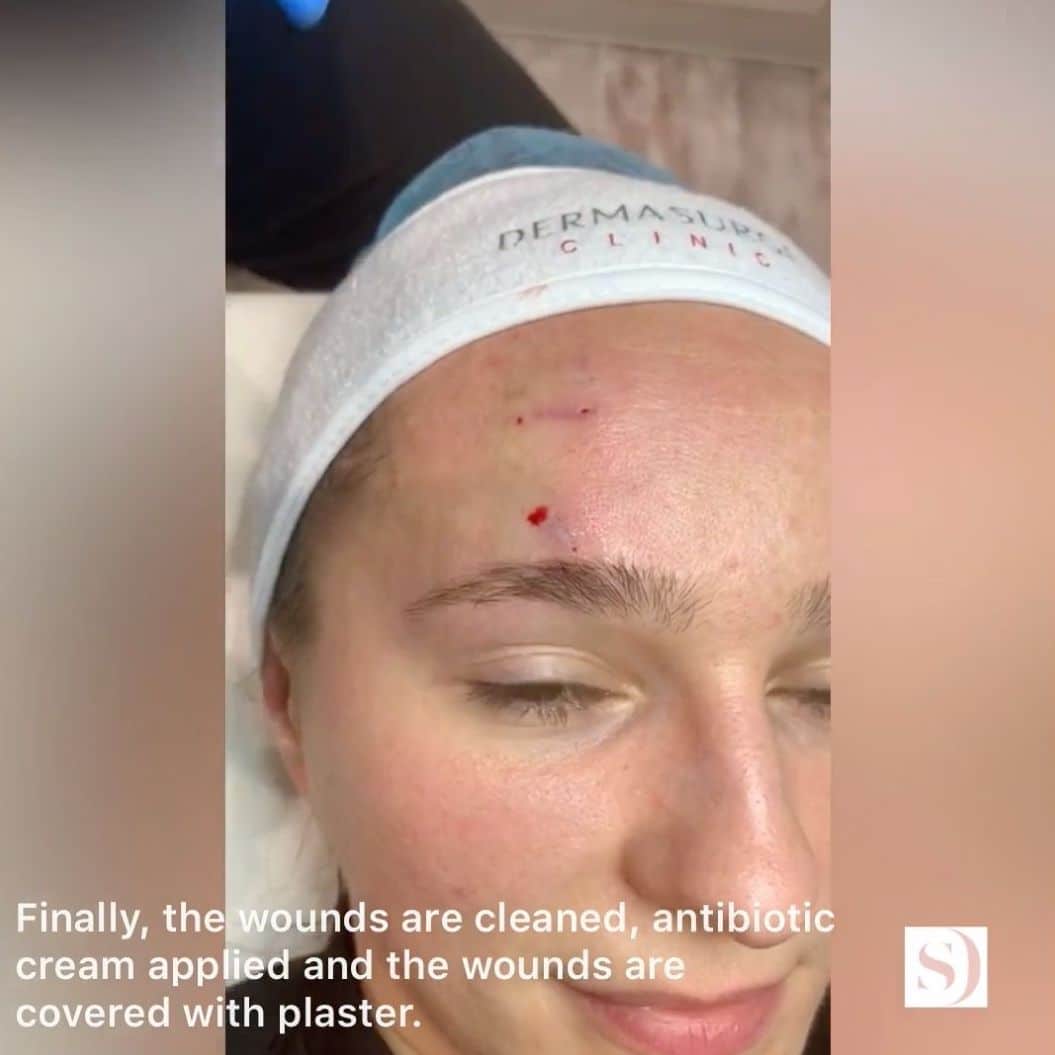
Frequently Asked Questions
Whether or not subcision should be performed will depend on the type of scarring, as well as the location and severity. It produces best results when used on depressed scarring, but is not suitable for ice-pick scars. During your consultation, Dr Inibar will fully assess your suitability for subcision.
Patients with a history of hypertrophic or keloid scarring or bleeding or blood clotting disorders should not undergo subcision treatment. It should also be avoided by those with active bacterial or viral infections. During your consultation, Dr Injibar will examine your medical history to ensure the treatment will be safe for you, and suggest alternatives if required.
How many treatments required to improve the appearance of will depend on each individual patient, and how their body forms scar tissue. The type of scarring, location, and severity will also have an impact on how many treatments are required. In most cases, 3 to 6 treatments are required, with at least one month in between.
Patients undergoing subcision should be aware of the side effects, including bleeding, pain, or tenderness in the treatment area, raised hypertrophic or keloid scarring hyperpigmentation.
Patient Reviews
“Dr Hiba is fantastic, right from my first consultation she put me at ease and was helpful when suggesting treatment for my skin concerns. The results are amazing and I would highly recommend!”
“I got the results which were promised. Dr Hiba is very professional and knowledgeable.”
Recent Google Reviews
Arrange a consultation today
Get in touch if you have any skin related questions that you would like to discuss in confidence.

